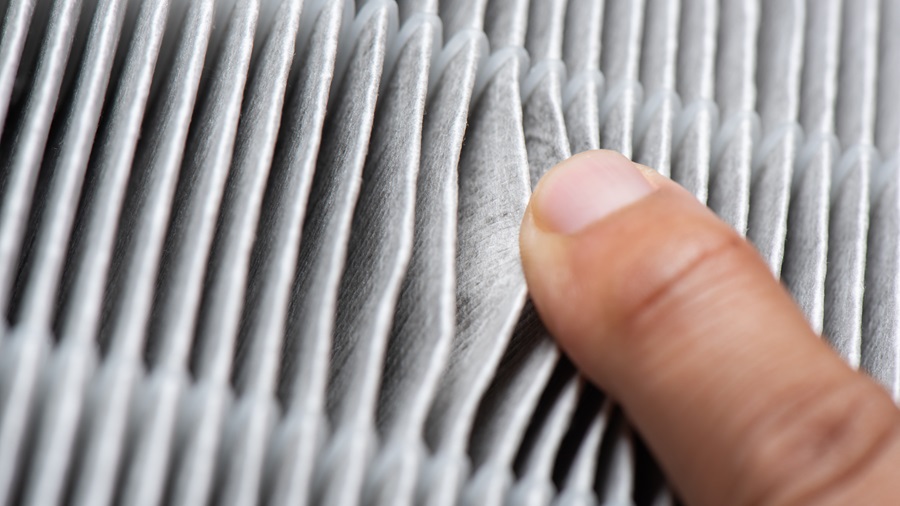7 simple ways to minimize allergies at home
By implementing seven simple strategies, you can significantly minimize allergies in your home and create a more comfortable, healthy living space
ALLERGIES CAN TURN your home from a safe haven into a source of discomfort, but with a few adjustments, you can minimize common allergens like dust, pollen, and mould. This article explores seven practical ways to create a healthier, allergy-friendly home. From proper attic insulation to managing pet dander and maintaining air quality, these simple strategies can significantly reduce allergy triggers and help you breathe easier. Let’s dive into these actionable tips to make your home a true sanctuary.
1. Improve Attic Insulation
Did you know your attic plays a major role in controlling allergens in your home? Proper attic insulation prevents outdoor allergens like pollen and dust from seeping into your living spaces. It also helps regulate temperature and reduce humidity, discouraging mould and dust mites from thriving. Ensure there are no gaps or leaks in your attic insulation, and consider using insulation materials that resist mould and pests. Keeping your attic well-sealed and insulated creates a barrier that keeps allergy triggers out and clean air in.

2. Maintain Clean Air Filters
Your HVAC system is a key player in maintaining indoor air quality. Regularly changing air filters ensures they effectively capture dust, pollen, and other airborne allergens. Opt for HEPA (High-Efficiency Particulate Air) filters designed to trap even the tiniest particles. Schedule filter replacements every 1-3 months, depending on your household’s needs, and have your HVAC system serviced annually to keep it running efficiently. Clean filters mean cleaner air and fewer allergy symptoms.
3. Declutter and Organize
Clutter is a magnet for dust and allergens. Simplify your living spaces by minimizing knick-knacks, excess furniture, and items that collect dust. Store belongings in sealed containers, and use furniture with smooth surfaces that are easy to clean. Regularly vacuum and dust shelves, corners, and under furniture. A clutter-free home is more visually appealing and significantly reduces allergy triggers.
4. Control Indoor Humidity
High humidity levels encourage mould and dust mites, two common allergens. To manage indoor humidity effectively:
- Use a dehumidifier: Maintain humidity levels between 30-50% and place dehumidifiers in damp areas like bathrooms, basements, or kitchens.
- Ensure proper ventilation: Use exhaust fans in bathrooms and kitchens to remove moisture from the air.
- Open windows when possible: Let fresh air circulate, especially on dry days.
- Fix leaks promptly: Address leaks in pipes, roofs, or windows to prevent excess moisture.
- Dry wet areas immediately: Wipe down wet surfaces and clean up spills quickly to avoid mould growth.
By managing humidity, you create an environment that’s less inviting to allergens, improving air quality and comfort in your home.
5. Wash Bedding and Fabrics Regularly
Your bedding can harbour dust mites and allergens, disrupting your sleep and triggering allergic reactions. Wash sheets, pillowcases, and blankets weekly in hot water to kill dust mites. Use an allergen-proof mattress and pillow covers for extra protection. Don’t forget to clean curtains, rugs, and upholstery frequently, as these surfaces can also accumulate allergens. Keeping fabrics clean and fresh is key to reducing nighttime allergy symptoms.

6. Manage Pet Dander
Pets bring joy, but they also bring dander—a common allergen. To minimize pet-related allergies:
- Groom and bathe regularly: Brush your pets to reduce shedding and bathe them as needed to control dander.
- Create pet-free zones: Designate areas like bedrooms as off-limits to pets.
- Use HEPA vacuums: Vacuum carpets, furniture, and pet beds frequently with a HEPA filter-equipped vacuum cleaner.
- Wash pet bedding often: Keep pet bedding clean to prevent dander build-up.
- Clean surfaces regularly: Dust and wipe down surfaces to eliminate stray hairs and allergens.
Consistent cleaning, grooming, and boundaries allow you to enjoy your pets without compromising indoor air quality.
7. Upgrade to Hypoallergenic Flooring
Carpets and rugs can trap allergens like dust, pollen, and pet dander. Consider replacing them with hypoallergenic flooring options like hardwood, tile, or laminate, which are easier to clean and less likely to harbour allergens. If you prefer the comfort of rugs, choose washable ones and clean them regularly. Hypoallergenic flooring reduces allergens and gives your home a sleek, modern look.
By implementing these seven simple strategies, you can significantly reduce allergens in your home and create a more comfortable, healthy living space. Small changes can greatly impact your overall well-being—start with one tip and build from there!

